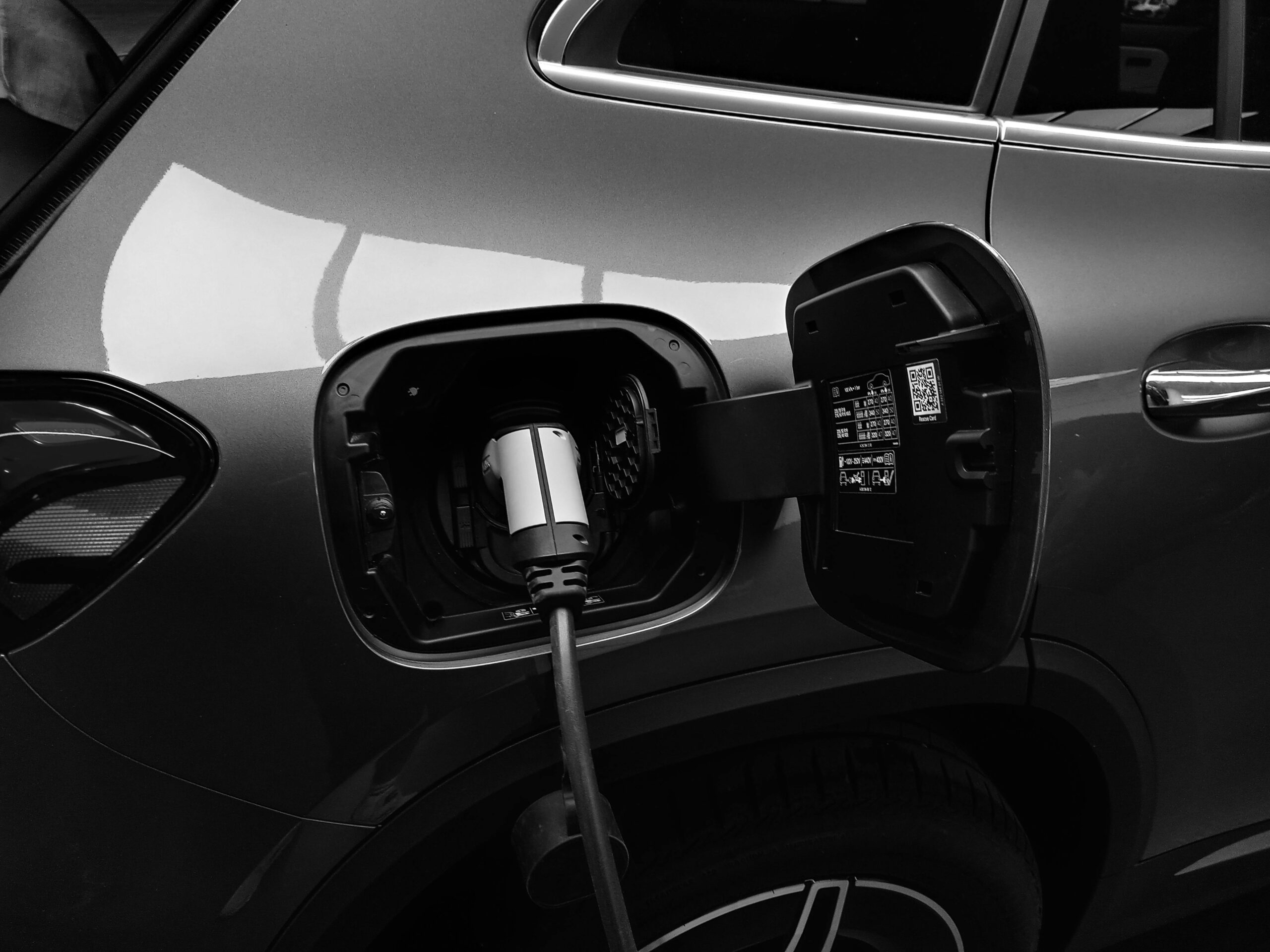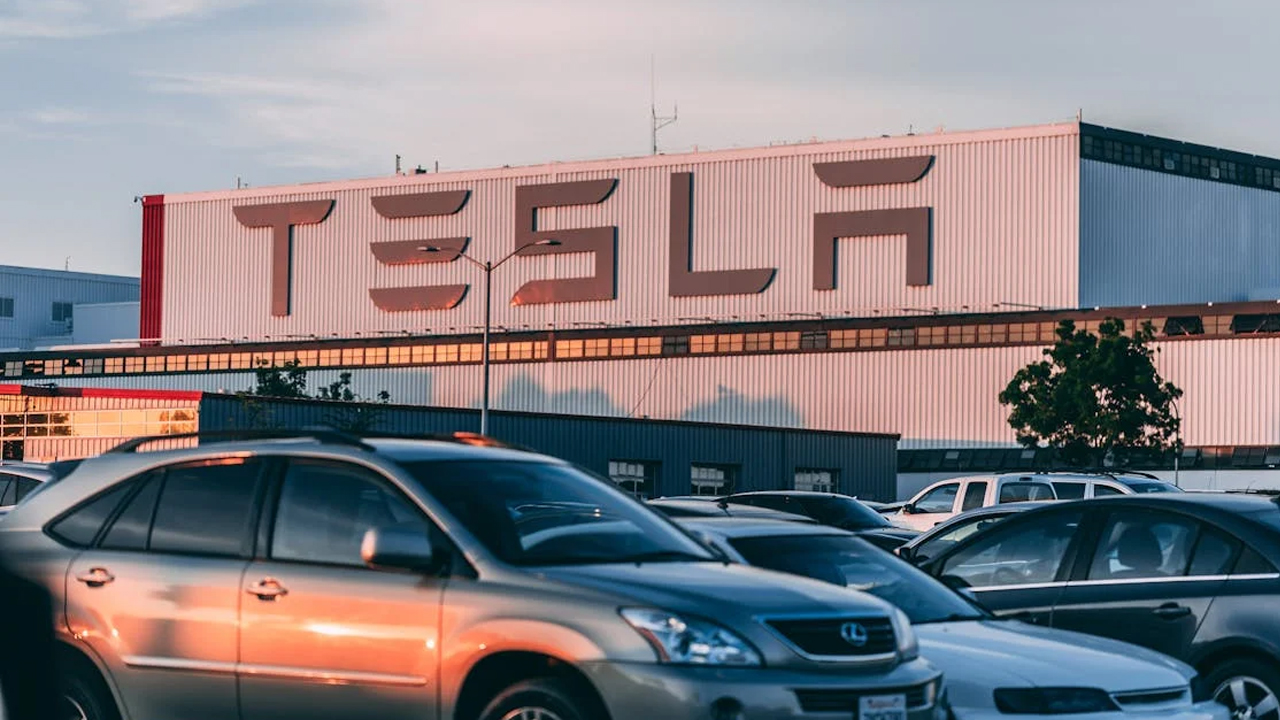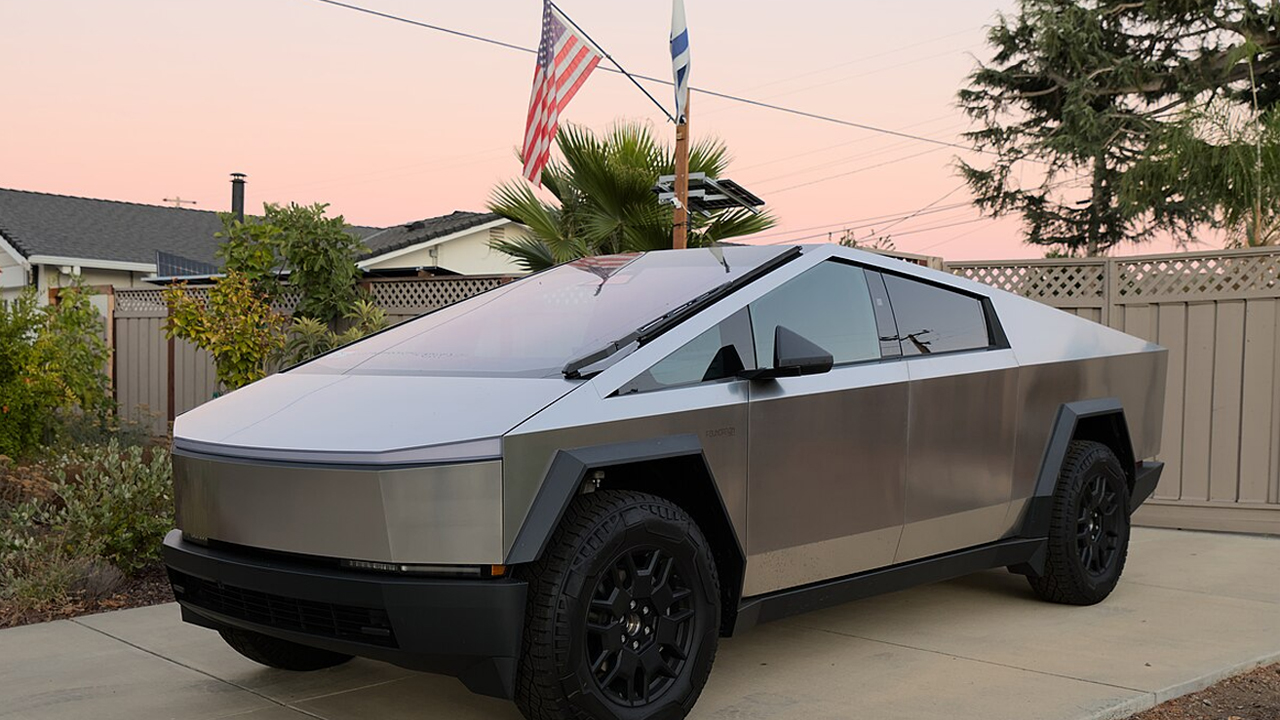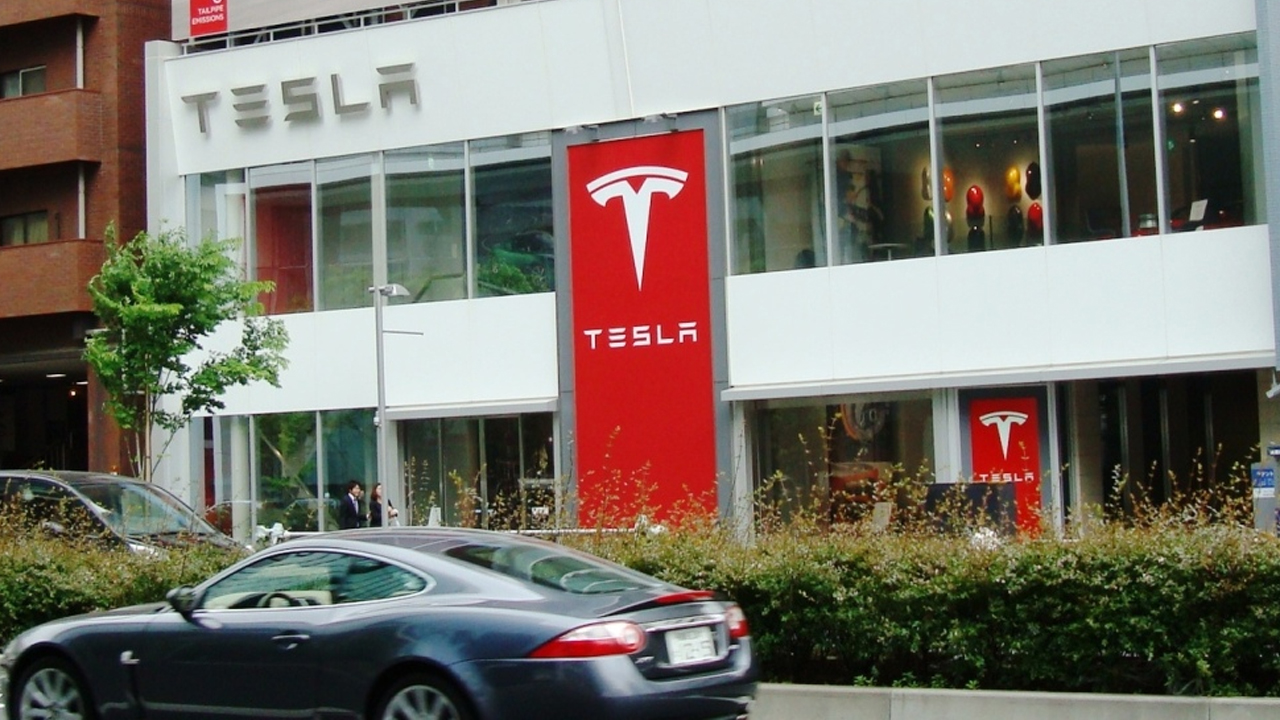Over the past year, used Tesla prices have dropped by nearly 25%, with some models like the Model S and Model Y experiencing declines of 16.2% and 15.9%, respectively. This depreciation is significantly higher than that of other electric vehicles, which have seen average price drops of around 13.5%. The rapid decrease in value has made Teslas more affordable on the used market but has also raised concerns among current owners about the long-term value of their vehicles. (Source: InsideEVs)
Several factors contribute to this trend, including Tesla’s own price cuts on new models, which have devalued existing vehicles. Additionally, the increasing availability of competitive electric vehicles from other manufacturers has provided consumers with more options, further impacting Tesla’s resale values. (Source: CarScoops)
Owners Are Leaving the Brand
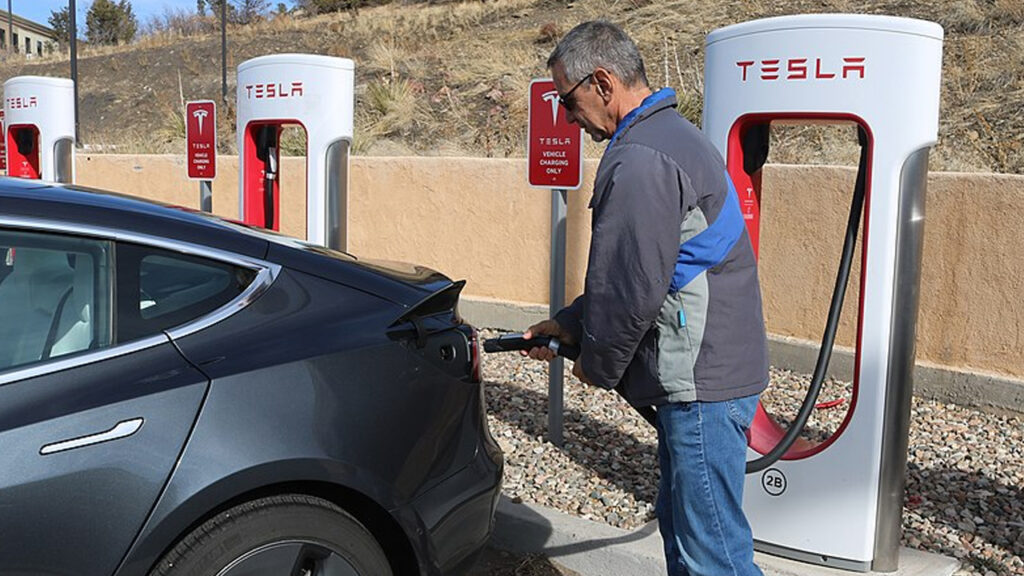
A growing number of Tesla owners are choosing to trade in their vehicles for other brands, with many opting for gas-powered cars. Data indicates that over half of Teslas traded in at dealerships were exchanged for internal combustion engine vehicles, highlighting a shift in consumer preferences. This trend suggests that some owners are dissatisfied with their Tesla experience and are exploring alternatives. (Source: CarScoops)
The reasons for this exodus vary, but common factors include concerns about vehicle quality, customer service, and the company’s leadership. As more electric vehicle options become available, Tesla owners have the opportunity to explore different brands that may better align with their expectations and values. (Source: Reuters)
Tesla’s Price Cuts Backfire
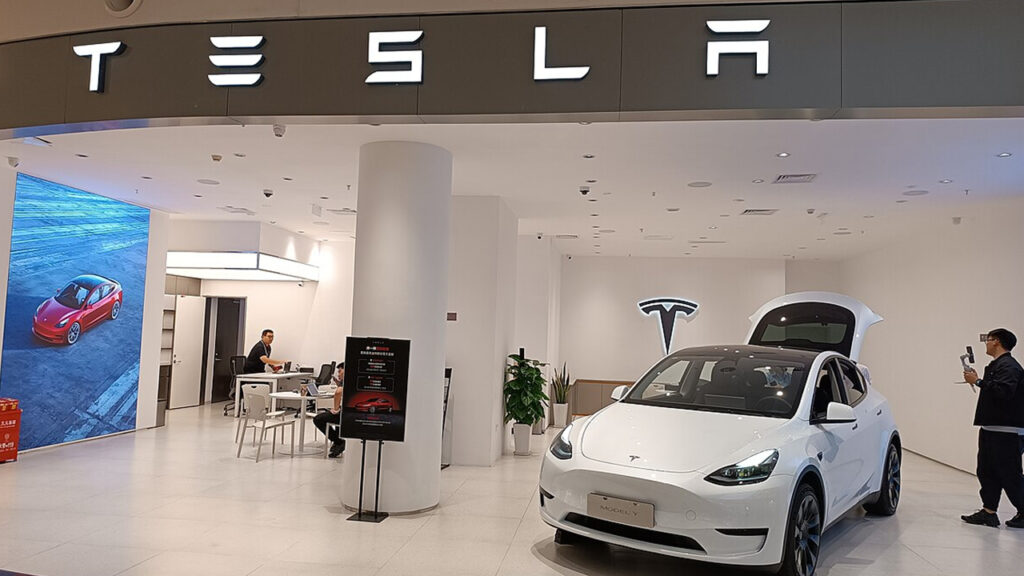
In an effort to boost sales, Tesla has implemented significant price reductions across its lineup. While these cuts have made new Teslas more accessible, they have also led to a decrease in the value of existing vehicles. Owners who purchased their cars before the price drops are now facing substantial depreciation, which has caused frustration and a sense of betrayal among some customers. (Source: CarScoops)
This strategy has also impacted the used car market, as lower new car prices make used Teslas less attractive to buyers. The resulting oversupply of used Teslas has further driven down prices, creating a challenging environment for owners looking to sell or trade in their vehicles. (Source: Reuters)
Legacy Automakers Are Gaining Ground
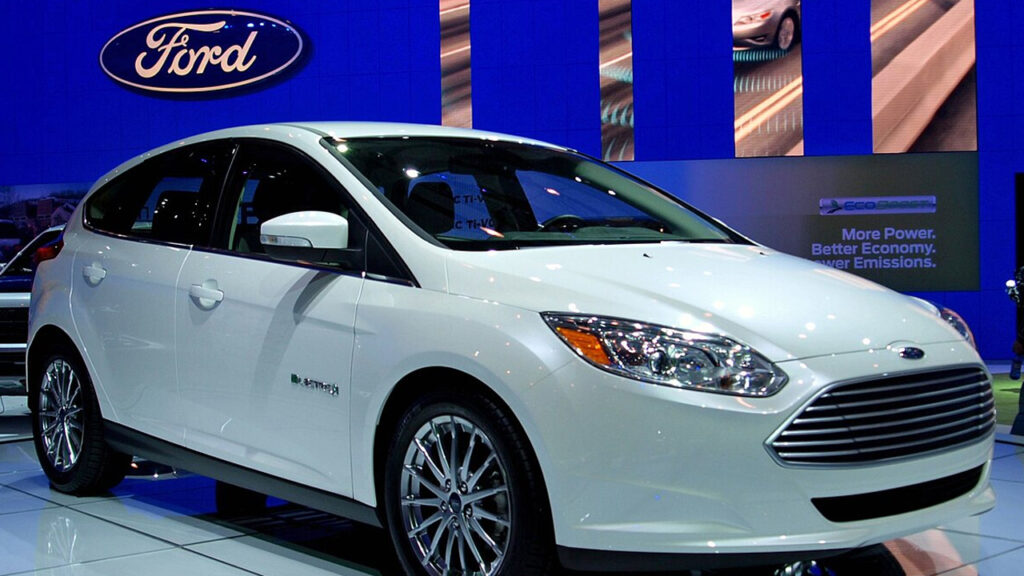
Traditional automakers have made significant strides in the electric vehicle market, offering compelling alternatives to Tesla’s lineup. Brands like Ford, Hyundai, and Volkswagen have introduced electric models that compete directly with Tesla in terms of performance, features, and price. These new options provide consumers with a broader range of choices, making it easier for them to switch from Tesla to another brand. (Source: Reuters)
The increased competition has put pressure on Tesla to innovate and maintain its market share. As more high-quality electric vehicles become available, Tesla must address customer concerns and improve its offerings to retain its position as a leader in the EV industry. (Source: InsideEVs)
:contentReference[oaicite:6]{index=6}
Public Perception and Brand Image
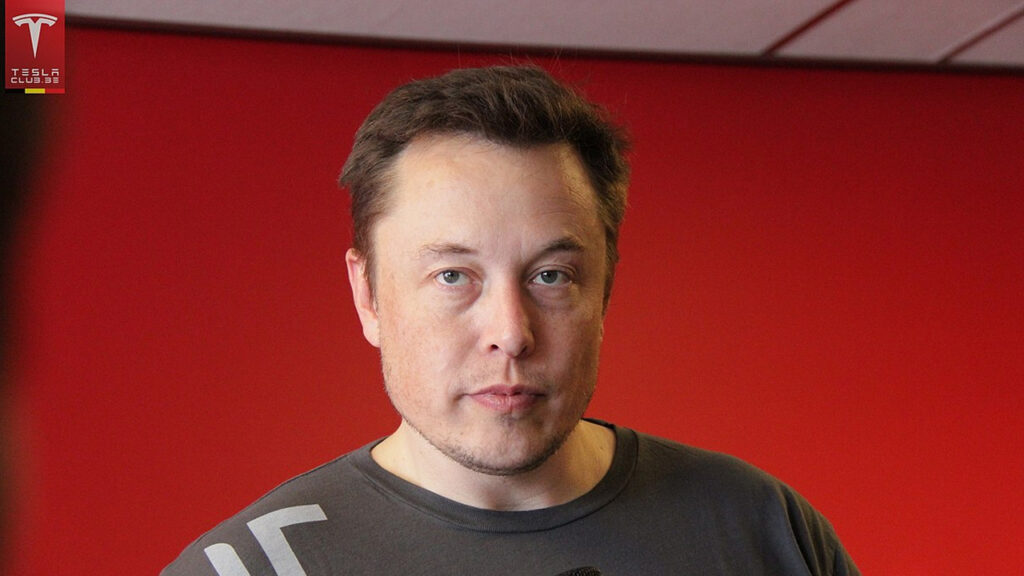
Tesla’s brand image has been affected by various factors, including the behavior of its CEO, Elon Musk, and the company’s response to customer issues. Social media platforms have amplified these concerns, with some owners expressing their dissatisfaction publicly. This negative publicity has influenced public perception and may contribute to the decision of some customers to leave the brand. (Source: Reuters)
Additionally, viral trends on platforms like TikTok have showcased Tesla owners trading in their vehicles for other brands, often accompanied by critical commentary. These social media movements highlight the growing discontent among some Tesla customers and the impact of public opinion on brand loyalty. (Source: CarScoops)
What This Means for Buyers and Sellers

For potential buyers, the current market presents an opportunity to purchase a used Tesla at a reduced price. However, it’s essential to consider the factors contributing to the depreciation and assess whether a Tesla aligns with your needs and expectations. (Source: InsideEVs)
For current owners looking to sell or trade in their Teslas, the market isn’t exactly friendly right now. Lower resale values and a surplus of listings mean sellers may not get the return they expected. That’s especially frustrating for people who bought just before Tesla’s price cuts.
Still, the market can shift. Buyers willing to hold onto their vehicles or use them long-term may still get solid value over time. But for those looking to flip or trade in, timing and expectations will matter more than ever.
